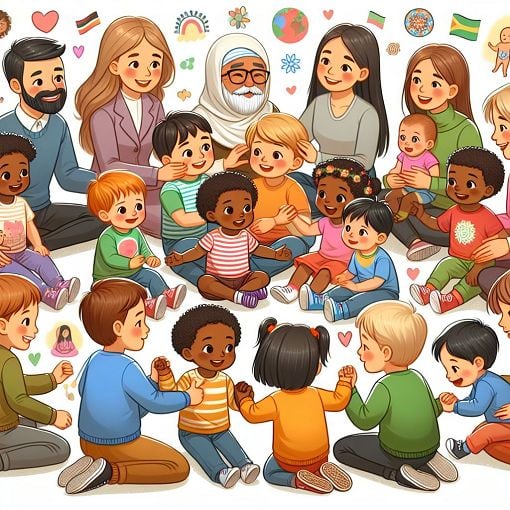Attachment, Development, Trauma, and Socio-Cultural Responsive Interventions for Young Children
{"name":"Attachment, Development, Trauma, and Socio-Cultural Responsive Interventions for Young Children", "url":"https://www.quiz-maker.com/QPREVIEW","txt":"This quiz delves into the critical aspects of attachment, development, trauma, and culturally responsive interventions for young children. Understanding the impact of trauma, especially in migration contexts, is essential for caregivers, educators, and practitioners working with young children.Assess your knowledge on trauma and its effects on childhood development.Learn about the importance of attachment and emotional well-being.Explore strategies to promote healing in children from diverse backgrounds.","img":"https://cdn.poll-maker.com/104-5106451/img-miphkk7avud7xzcmuvzeuvhq.jpg"}
More Quizzes
Caregiver Responsibilites & Supervision in Child care
8493
Test your knowledge: Playtherapy with your child:This is a quiz to test if you understand all the material that was given to you so far in the play therapy with your child course. This is not an official test, but for those of you that want to do the certificate in the end, this is a good practice test
13626
Web developer: reading comprehension
52121
Suicide Protocol for Nurses
1160
Which Bible Character Are You? Free Personality
201018904
What Kind of Partner Am I? - See Your Relationship Type
201018904
English Articles (A, An, The) - Free Practice
201016190
Talent Test - Find Your True Abilities (Free)
201018127
Media: Introduction to the Media - Free Online
15817303
Which Madoka Magica Character Are You? Free
201016633
Dream SMP: Guess the Character by Nickname
201016633
Call Center Procedure Assessment Test - Free Sample
201017112
